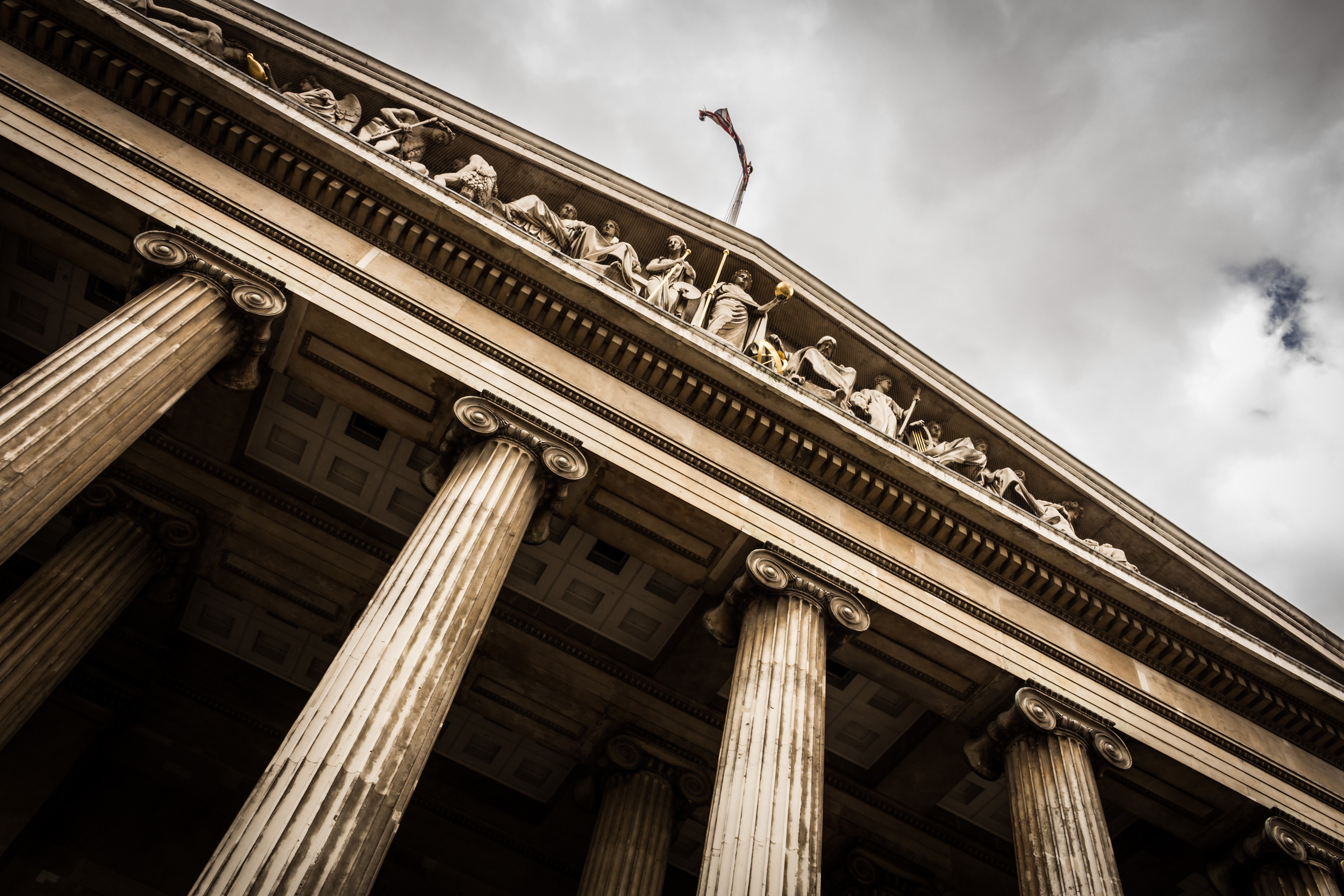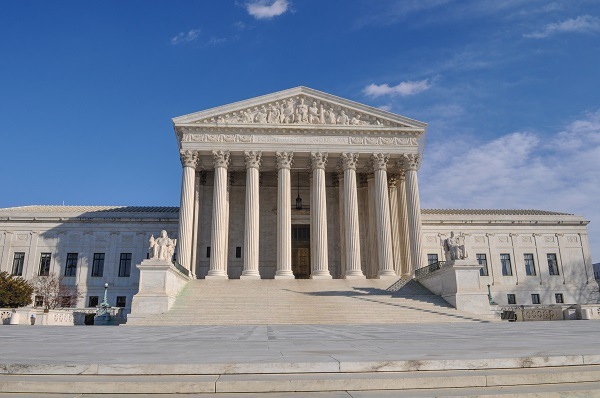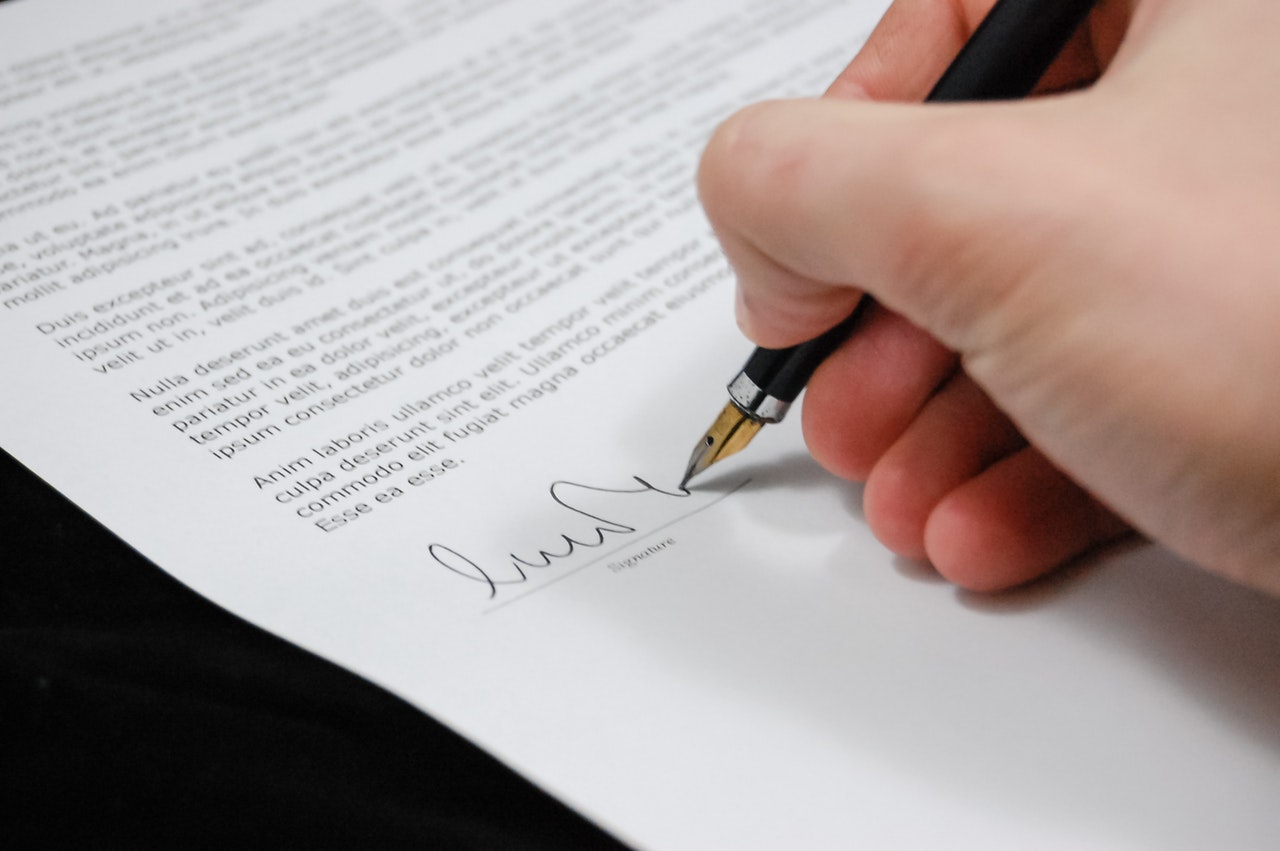On March 18, 2021, California’s legislature approved SB 95, which creates new Labor Code Section 248.2 and Labor Code Section 248.3. The new legislation significantly expands an employer’s requirement to provide supplemental paid sick leave to covered employees who have been impacted by COVID-19.
The new requirement will retroactively apply back to January 1, 2021 for public and private employers with more than 25 employees. Among other things, the new legislation creates a new “bank” of up to 80 hours of COVID-19 supplemental paid sick leave for employees, irrespective of whether employees took such leave in 2020. Governor Newsom signed the measure into law on March 19, 2021 and the paid sick leave requirement will take effect on March 29, 2021.
As a quick refresher, last year, Governor Newsom issued an executive order providing supplemental paid sick leave to certain food sector workers. The California Legislature later enacted AB 1867 to expand this requirement to all employers with 500 or more employees in the United States. The legislation expired on December 31, 2020 along with the federal Families First Corona Virus Response Act (FFRCA).
SB 95 encompasses employers who have more than 25 employees and has other notable differences from the prior legislation. For example, previously, supplemental paid sick leave was required only for employees who perform work outside their homes. However, SB 95 broadens application of paid sick leave to those employees who are “unable to work or telework” due to one of the qualifying reasons.
Qualifying Reasons
SB 95 also covers more instances in which an employee is entitled to supplemental paid sick leave.
“Qualifying reasons” includes two of the previous qualifying reasons in the prior legislation. Specifically, an employee who satisfies the following one or more of the following conditions may qualify for leave:
- The employee is subject to a quarantine or isolation “period” related to COVID-19 (note: this language is somewhat different from AB 1867 because it provides that this quarantine or isolation “period” is defined by an order or guidelines by the state, the CDC, or local public health authorities); or
- The employee is advised by a health care provider to self-quarantine or isolate due to concerns related to COVID-19.
The new legislation also adds five additional qualifying reasons an employee may qualify for leave:
- The employee is attending an appointment to receive a vaccine for protection against contracting COVID-19;
- The employee is experiencing symptoms related to a COVID-19 vaccine that prevent the employee from being able to work;
- The employee is experiencing symptoms of COVID-19 and seeking a medical diagnosis;
- The employee is caring for a family member (minor or adult child, parent, spouse, domestic partner, grandparent, grandchild, or sibling) who is subject to a quarantine or isolation period, or who has been advised to self-quarantine; or
- The employee is caring for a child (regardless of age) whose school or place of care is closed or otherwise unavailable for reasons related to COVID-19 on the premises.
Calculating Amount of Supplemental Paid Sick Leave
Full-time covered employees with qualifying reasons will generally be entitled to 80 hours of supplemental paid sick leave if: (1) “[t]he employer considers the covered employee to work full time”; or (2) “[t]he covered employee worked or was scheduled to work, on average, at least 40 hours per week for the employer in the two weeks preceding the date the covered employee took COVID-19 supplemental paid sick leave.”
Part-time employees will be entitled to supplemental paid sick leave correlating with the number of hours that employee works over the span of two weeks. Specifically, a covered employee who does not meet the full-time employee definition above (and who is not a “firefighter,” as defined in the bill) is entitled to Covid-19 supplemental paid sick leave as follows:
- “If the covered employee has a normal weekly schedule, the total number of hours the covered employee is normally scheduled to work for the employer over two weeks.”
- “If the covered employee works a variable number of hours, 14 times the average number of hours the covered employee worked each day for the employer in the six months preceding the date the covered employee took COVID-19 supplemental paid sick leave. If the covered employee has worked for the employer over a period of fewer than six months but more than 14 days, this calculation shall instead be made over the entire period the covered employee has worked for the employer.”
- “If the covered employee works a variable number of hours and has worked for the employer over a period of 14 days or fewer, the total number of hours the covered employee has worked for that employer.”
In Addition to Regular Paid Sick Leave
The 80 hours of COVID-19 supplemental paid sick leave is in addition to the paid sick leave that employers must provide to covered employee under Labor Code Section 246 (the Healthy Workplaces, Healthy Families Act of 2014).
Retroactive to January 1, 2021
As mentioned briefly above, the new legislation is retroactive to January 1, 2021. This means that an employee must be paid for any absences since January 1, 2021, that falls within a covered reason once the employee makes an oral or written request for such payment. Employers must make this payment on or before the payday for the next full pay period after the employee makes the oral or written request.
Wage statements
Employers must list the amount of an employee’s available COVID-19 paid sick leave on the employee’s wage statement as a distinct line item. The employer must list available paid sick leave time separately from any other available paid sick leave or paid time off. This requirement becomes effective the first full pay period after the statute’s effective date.
Crediting Leave Paid for Since January 1, 2021
Not including regular paid sick leave, the new legislation allows an employer to credit the hours an employer provided to employees on or after January 1, 2021 for absences taken for qualifying reasons towards the mandatory COVID-19 supplemental paid sick leave hours. For example, if an employer provided an employee 8 hours of leave under the Families First Coronavirus Response Act (FFCRA) on or after January 1, 2021, a full-time employee would be entitled to 72 hours, not 80 hours of supplemental paid sick leave. However, employers may not credit paid leave they provided employees for COVID-19–related reasons in 2020.
Under Labor Code Section 248.3, for in-home supportive services providers, the amount of COVID-19 supplemental paid sick leave “is in addition to any unused sick leave benefits put in place by the federal Family First Coronavirus Response Act (Public Law 116-127), which a provider may still use until March 31, 2021.”
Calculating Payment
The new legislation breaks down how covered employees should be paid. According to the statute, employers must pay each hour for nonexempt employees at the higher of:
- the employee’s “regular rate of pay for the workweek in which” COVID-19 SPSL was taken, regardless of whether the employee worked overtime in that workweek;
- “the covered employee’s total wages, not including overtime premium pay, [divided] by the employee’s total hours worked in the full pay periods of the prior 90 days of employment”;
- the California minimum wage; or
- the local minimum wage.
SB 95 requires that employers calculate supplemental paid sick leave for exempt covered employees in the same way as they calculate wages for other forms of paid leave time for exempt employees.
SB 95 caps payment of wages to $511 per day and $5,110 in the aggregate for each covered employee.
Cannot Force Employees to Use Other Leave
Importantly, an employer may not force covered employees to use any other form of paid or unpaid leave or time off, including company-provided sick leave, vacation, or PTO, before using supplemental paid sick leave under SB 95. Instead, the legislation authorizes employees to choose when to use the leave, and the number of COVID-19 supplemental paid sick leave hours to use (up to the number of hours for which the employees are eligible.)
COVID-19 Emergency Temporary Standards
While generally the employee may select when he or she uses COVID-19 supplemental paid sick leave, the employer can still require that an employee exhaust this leave before the employer has to pay exclusion pay under the California Division of Occupational Safety and Health (Cal/OSHA) COVID-19 Emergency Temporary Standards (ETS). As a reminder, under ETS, employers must pay exclusion pay if they exclude an employee who tests positive during the infectious period or an employee has close contact with a positive individual and either situation is work-related.
Posting Notice Requirements
Covered employers are required to post a notice of the COVID-19 sick paid leave requirements in a visible place in the workplace.
Under SB 95, the labor commissioner will make a model notice available within seven days of the statute’s enactment. “[I]f an employer’s covered employees do not frequent a workplace, the employer may satisfy the notice requirement … by disseminating notice through electronic means,” such as email.
Enforcement of SB 95
The new legislation requires the labor commissioner to enforce paid sick leave under SB 95 in the same manner in which it enforces “paid sick days,” “paid sick leave,” or “sick leave” under existing law.




